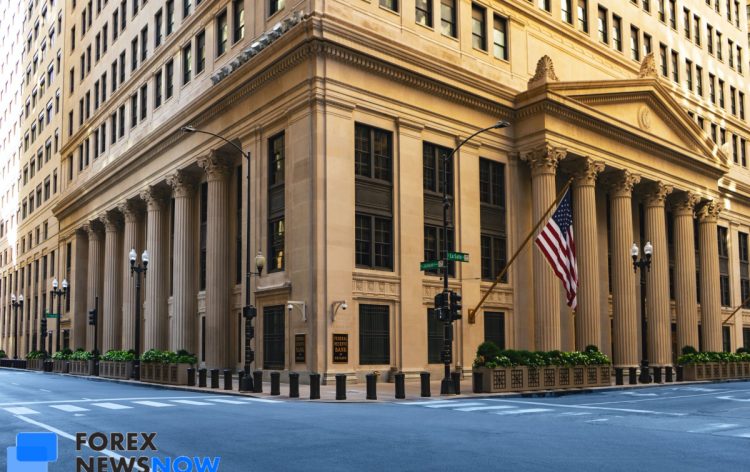When the Fed Shakes Things Up

It wasn’t very long ago – Q1 2022 – when the US Federal Reserve was holding its benchmark interest rate at about zero. Inflation hadn’t been accelerating faster in 40 years, but the Fed persisted in its policy, which included spending millions of dollars on bonds every month to boost the economy.
That all changed from March, when the Fed proceeded with a new series of rate hikes to control inflation, raising the federal funds rate as much as 3% in only six months. “Without price stability, the economy does not work for anyone”, explained Fed chief Jerome Powell.
By November last year, due to the Ukraine conflict and a pandemic-related mismatching of supply with demand, not to mention elevated food and energy prices, the Federal Open Market Committee (FOMC) reported that “Inflation remains elevated” and indicated further rate hikes could be expected.
The concern among economists was that this course of action would injure the economy or even spark a recession. Join us now for an explanation of why this was the anticipated consequence, and also for a refresher course on some historical rate turnarounds and their outcomes.
How Do Interest Rates Impact Us?
When the economy is looking weak, the Fed will often respond by cutting interest rates, because the effect of this will be to lower borrowing costs. Businesses take advantage of the situation and borrow money to pump up production, expand, and hire employees, who are then able to spend more. In this way, the economy gets a fresh breath of life.
However, when inflation threatens to get out of control, the Fed does the opposite and hikes its interest rates. Then, the rates offered by banks to customers who want to take out loans also go up. Those people with credit cards will find, in such times, they too pay more interest for the service.
When rates are high, earnings in the banking sector will get a boost (because they receive more interest for the funds they lend out). Outside of this arena, though, businesses find it more difficult to grow and thrive, and the reason is that it costs more to get the capital they need to expand. Employees can be less sure of their jobs and consumers tend to spend less.
For forex traders, higher US interest rates often strengthen the USD because foreigners’ demand for American currency grows, bolstering its relative value.
1975
Following President Richard Nixon’s withdrawal of the USD from the gold standard, inflation in the US leaped from 4.7% up to 12.3% in December 1974. By March 1975, the Fed had hiked its benchmark rate to 16% in an effort to contain the problem, and this exacerbated the recession that was holding sway.
Then, the Fed switched course and dropped the rate all the way down to 5.25% in April that year. It happened that this extreme, abrupt policy left inflation elevated, but also left the economy in a rut. Fed chief Paul Volcker put an end to this in 1979 by raising rates and holding them high to tame inflation for good. This goal was achieved, but the recession of 1980 was also triggered by Volcker’s hawkish policy.
2001
Tech companies with questionable fundamentals received a steady flow of funds in the late 1990s and into 2000, but the dotcom bubble burst in 2001. The Nasdaq Composite index crashed and stayed down until September 2002, accompanied by shrinking GDP in the US and rising unemployment. The 9/11 attacks just made the economic troubles worse. The Fed’s response was to steadily lower rates throughout 2001, until they had dropped by as much as 5.25 percentage points.
2008
Between December 2007 and June 2009, a financial crisis gripped America, with the stock market spiraling groundward and unemployment skyrocketing from 5%, near the end of 2007, to 10% by October 2009. In order to foster an economic recovery, the Fed cut its rates to zero in late 2008, which is where they stayed until 2015, when they finally felt comfortable raising them again.
Wrapping Up
By the end of last year, the US economy had proved itself quite resilient to the Fed’s harsh medicine. Consumer spending was still reasonable, and companies weren’t getting rid of employees en masse. By November 2022, however, the housing sector had taken a big hit and the stock market had endured a sustained downturn.
Analysts foresaw a recession for 2023, which could mean a big slowdown in business and potentially numerous job losses. In the meantime, economists and forex traders continually mull over the Fed’s language to gauge when a dovish shift in policy might be expected.


























Comments (0 comment(s))